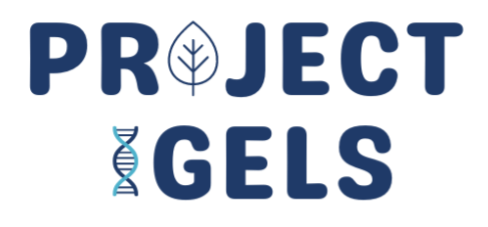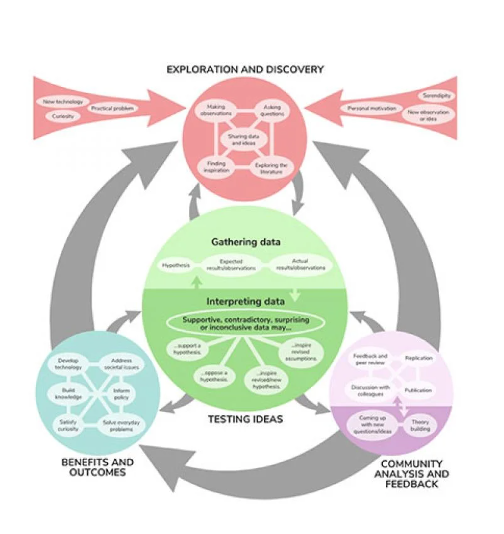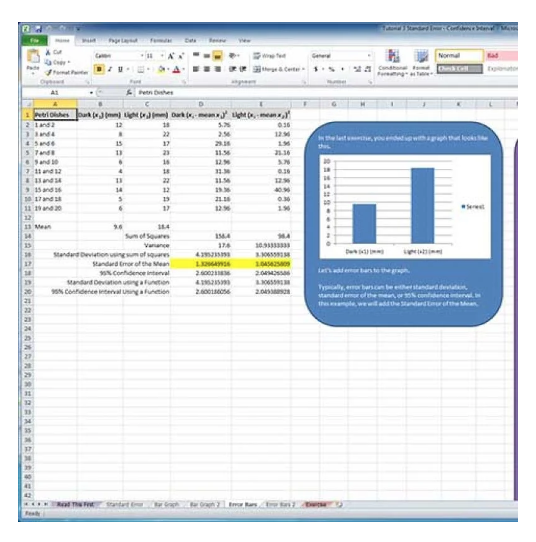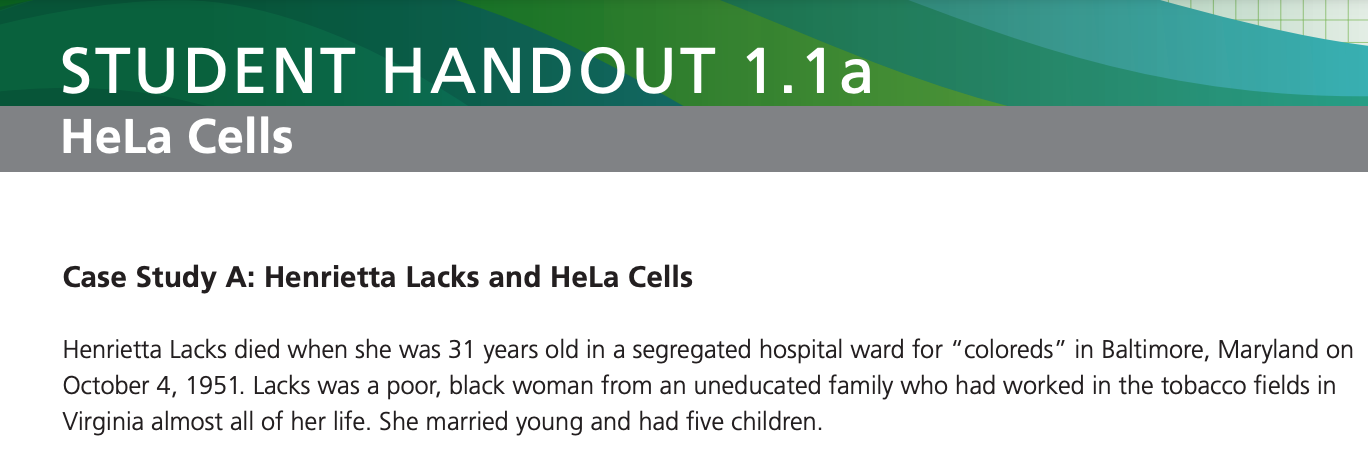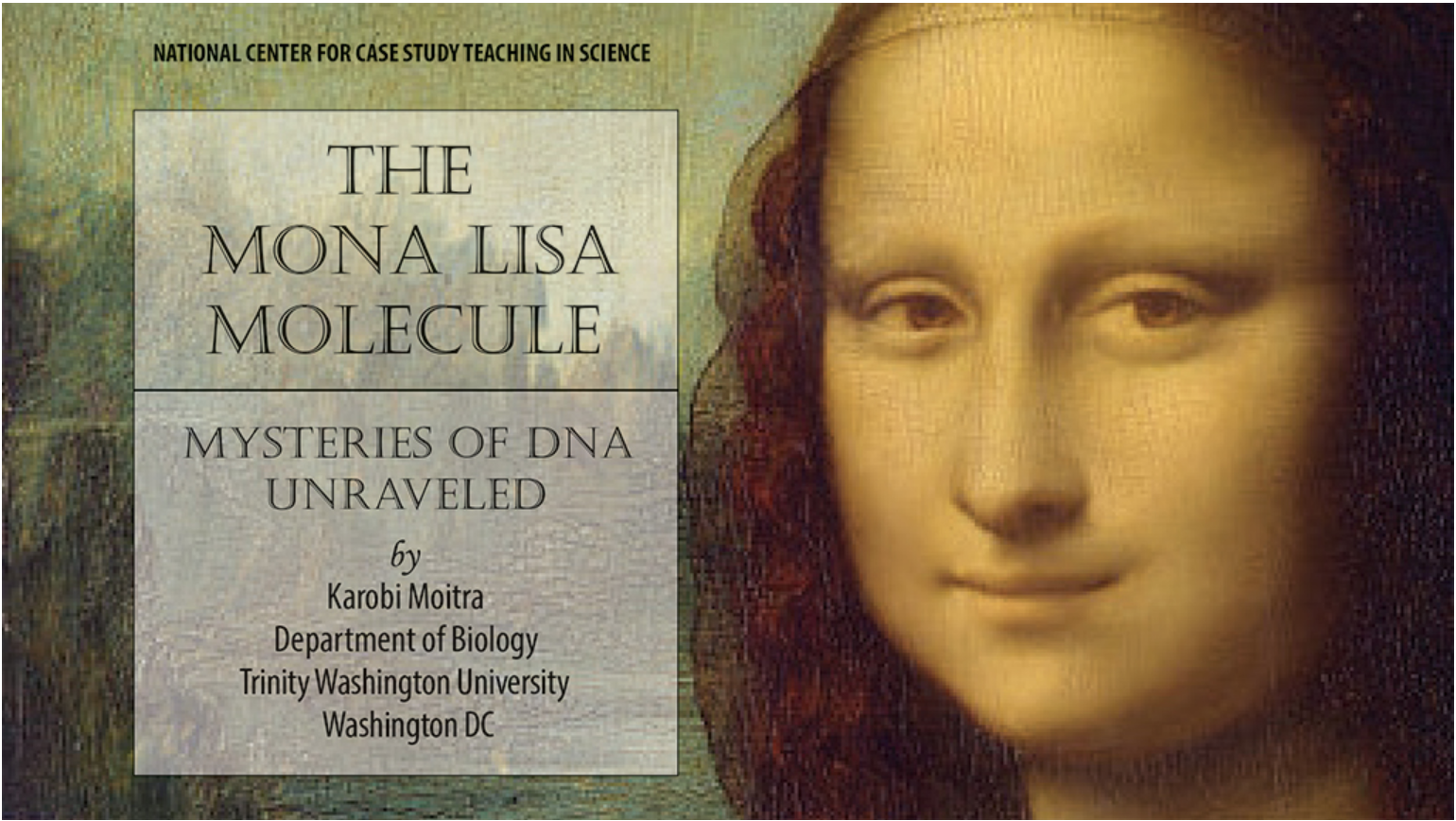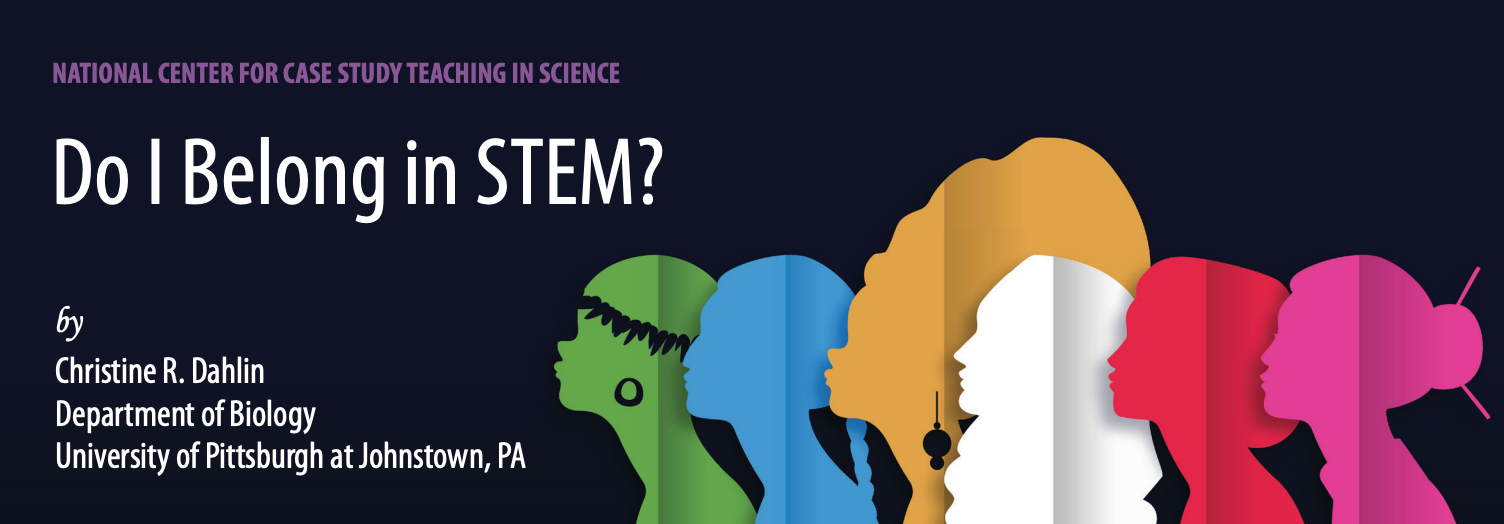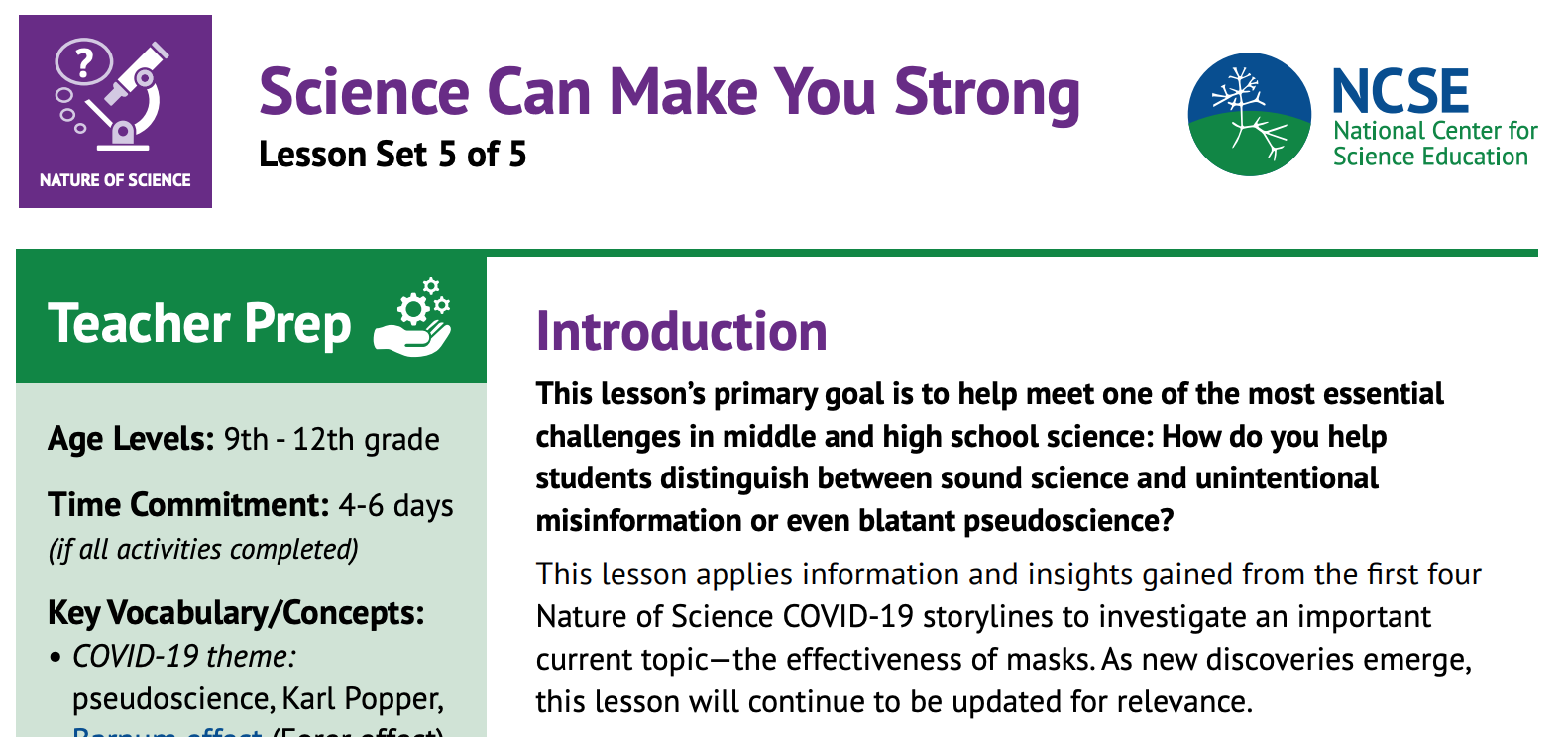You can view a summary of the LifeSkills Guide here.
Process of Science
Simulating Cortical Rotation, Axis Induction, and Experimental Embryology in Amphibian Embryos Using Clay Models
Version: 1.0
The study of development requires learners to understand spatially complex concepts like embryo anatomy. Embryo anatomy is dynamic over time, and it is often manipulated by researchers in experiments that are fundamental to the field. This spatial complexity can be challenging for novice developmental biologists, particularly those who are taught in lecture-only courses that rely heavily on two-dimensional representations of three-dimensional concepts. This article describes a hands-on teaching activity I used in an undergraduate developmental biology course to help students learn about early development in amphibians through the lens of experimental embryology. Students used modeling clay to construct a frog egg and simulate early developmental processes. Students then used the models to recreate the classical embryological experiments that demonstrated the inductive properties of the dorsal organizer and the requirement of cortical rotation for organizer establishment. As students performed the activity, they completed a worksheet to check their comprehension, particularly of concepts that students typically struggle to understand. Data from a survey and pre/post-assessments show evidence of learning gains and positive student perceptions of the lesson. This activity is a simple, inexpensive, and easily replicable way to include hands-on active learning in developmental biology courses and enable students to practice experimental thinking, even in courses without an associated lab.
Primary Image: Clay Embryology. Students bisect a model amphibian embryo made of clay. Different planes of bisection result in different developmental outcomes.
Mystery box puzzle for model based reasoning
Version: 1.0
Cell division is a key concept in cell biology. While there are many popular activities to teach students the stages of mitosis, most make use of simple schematics, cartoons, or textbook diagrams. Others engage students in acting out the stages, or modeling them with physical objects (i.e. noodles, pipe cleaners). These approaches are useful for developing student knowledge and comprehension of the stages of cell division, but do not readily convey the real-life processes of mitosis. Moreover, they do not teach students how cell biologists study these processes, nor the difficulties with imaging real cells. Here, we provide an activity to reinforce student knowledge of mitosis, demonstrate how data on mitosis and other dynamic cellular processes can be collected, and introduce methods of data analysis for real cellular images using research-quality digital images from a free public database. This activity guides students through a virtual experiment that can be easily scaled for large introductory classes or low-resource settings. The activity focuses on experimentally determining the timing of the stages of cell division, directing the attention of students to the tasks that are completed at each stage and promoting understanding of the underlying mechanisms. Before the experiment, the students generate testable predictions for the relative amount of time each step of mitosis takes, provide a mechanistic reason for their prediction, and explain how they will test their predictions using imaging data. Students then identify the stages of cell division in a curated set of digital images and determine how to convert their data into relative amount of time for each phase of mitosis. Finally, students are asked to relate their findings to their original predictions, reinforcing their increasing understanding of the cell cycle. Students praised the practical application of their knowledge and development of image interpretation skills that would be used in a cell biology research setting.
Terrestrial Trophic Cascades & Population Structure
Version: 1.0
Maternal transmission of microbiome
Version: 1.0
Quantitative Reasoning
Communication & Collaboration
Science, technology, engineering and mathematics (STEM) professionals need the skills to communicate with both technical and public audiences, but formal training in these skills is often lacking. In the nine-hour unit presented here, students learn to recognize the value of science communication, explore the process of distilling and translating scientific information for general audiences, and produce written, visual, and auditory science communication products in a collaborative setting. Undergraduate education is an ideal time to set the foundation for best practices in science communication, because as students move through their undergraduate careers, they become subject matter experts in scientific topics that are pertinent to many aspects of daily life. In this unit, students use locally-relevant current events as a focal point for exploring the significance and techniques of effective science communication. Further, students explore connections between their backgrounds and current scientific developments, explore and share their interests and experiences in STEM, articulate their educational goals, and advocate for themselves. By the end of the unit, students will produce three science communication products (written, visual, and auditory) on a locally-relevant event of their choosing. This unit provides students with an opportunity to practice science communication and engage in self-reflection on the influence of science on their daily lives and their interests and goals as young scientists.
Primary image: Science communication in Anchorage, Alaska. Photo credit: K.C. Kelsey. This image is not copyrighted.
Science & Society
We introduce the Lateral Transfer Map (LTM), a tool for students to actively and visually explore the transfer of ideas, skills, and concepts across concurrent coursework. The LTM is an extension of a concept map, replacing interconnected concepts with courses. Just as a concept map represents the interconnectivity of concepts and ideas, the LTM represent the connectedness of courses, illustrating how knowledge and information learned in one course is used in another. LTMs draw from the theory of knowledge transfer across disciplinary domains and contexts. LTMs are appropriate for use in any course; we describe its use in an introductory course for STEM majors to help students understand connections and motivations in first-year courses. LTMs also represent a useful diagnostic for instructors to better understand and address how students view connections (or lack thereof) among disciplines or concurrent coursework.
Primary Image: A lateral transfer map drawn by a student in the Metacognition course to illustrate how she transfers information or skills from one class to another.
As members of society, students must be able to evaluate scientific claims across a wide variety of media to make sound decisions about health and wellness. However, students - and most members of society - struggle to evaluate the quality of evidence supporting a scientific claim. The goal of this lesson is to empower students to recognize unethical and/or overstated scientific claims. Towards this end, the lesson plan contains a combination of pre-class work, analysis of a TED video, group discussion and a jigsaw activity. The in-class portion culminates with a critical evaluation of the putative memory enhancer Prevagen®. We find that students who successfully complete the lesson know criteria for evaluating the quality of material that is presented as scientific. They feel empowered to make informed decisions about health and wellness based on their newly acquired practice with identifying valid/invalid scientific reasoning and with recognizing pseudoscience.
Students' Scientific Attitude, Identity, & Literacy
Calling Bull: Data Reasoning in a Digital World
Version: 1.0
